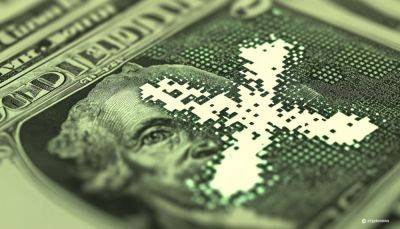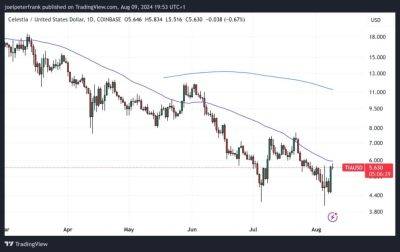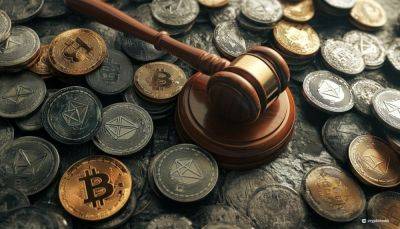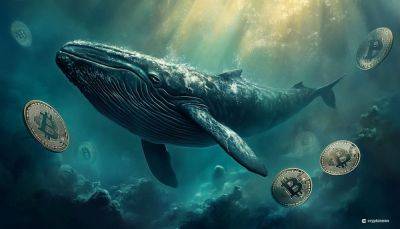Here's the deflation breakdown for June 2024 — in one chart
Inflation has throttled back significantly since peaking two years ago. The U.S. economy is even seeing some prices deflate for consumers.
Deflation measures how quickly prices are falling for a consumer good or service. It's the opposite of inflation, which gauges how quickly prices are increasing.
Physical goods have accounted for much of the deflation over the past year, according to economists. This is happening as supply and demand dynamics that were thrown out of whack in the pandemic normalize.
Commodity prices (excluding those related to food and energy) — so-called «core» goods — have declined by 1.8%, on average, since June 2023, according to the consumer price index, a key inflation measure.
«We have seen core-goods deflation in quite a few categories,» according to Olivia Cross, a North America economist at Capital Economics.
«It's quite broad-based,» she added. «I think that's something we expect to persist for a little while.»
Gasoline and many grocery items, for example, have also seen prices pull back.
However, consumers shouldn't expect a broad and sustained fall in prices across the U.S. economy. That generally doesn't happen unless there's a recession, economists said.
Demand for physical goods soared in the early days of the Covid pandemic as consumers were confined to their homes and couldn't spend on things such as concerts, travel or dining out.
The health crisis also snarled global supply chains, meaning goods weren't hitting the shelves as quickly as consumers wanted them.
Such supply-and-demand dynamics drove up prices.
The environment has changed, though: The initial pandemic-era craze of consumers fixing up their homes and upgrading their home offices has diminished, cooling prices.
Read more on cnbc.com
 cnbc.com
cnbc.com




















